Emergency Furniture
Furnishing a home is very expensive for someone who has just graduated
Apr 2019I finished my major, started working, became financially independent from my parents and found myself in an empty apartment, with no places to store my stuff. After watching my dad making ledges and shelfs my entire life, I think I have always wanted to learn how to make furniture. That’s how I started the way through woodworking.
I have already done half of the that I have in my place. They are, before everything, functional; every friend that visits my house compliments me, but I really find my creations unamusing. They are design following these 3 criteria:
- I can buy the stock at sodimac (chilean equivalent to home depot) or any other retailer that provides cutting services
- There is only need for a handsaw and a hand plane to take the pieces to their final dimensions
- Joints are made with screws, dowels and wood glue. There is no fancy joinery or anything that requires a proper workbench, neither razor-sharp tools
What comes out of this?
Absurdly inexpensive furniture, entertaining weekends and conversation starters for friends that come to my home.
Also, I avoid buying retail furniture: the quality of the ones that I can afford is awful. The more expensive ones are not worth the price. There are many talented woodworkers in Chile making excellent pieces, but I definitely cannot afford them ![]()
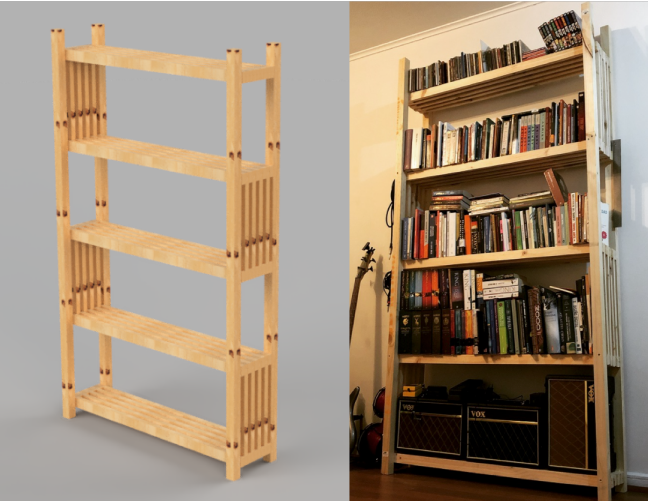
My learning path
The first thing that I learned was that the most important tool for woodworking is the workbench: it holds the pieces in place and allows to transmit efficiently our energy, through the tool we are using, to the wood piece. A bench that yields, vibrates or moves will only make troubles, no matter the quality of the tools one uses.
I made my own workbench following Christopher Schwarz’s book and a very simple design that I found on the internet (the page is gone; I haven’t been able to find it :c). Also, YouTube has been a very good learning tool.
Books
- Wood’s holy book: Understanding Wood - R. Bruce Hoadley
- Woodworking holy book: Collin’s Complete Woodworker0s Manual - Albert Jackson
- The Why & How of Woodworking - Pekovich
Even though it has nothing to do with furniture making, the design of woodcarved spoons allows a deeper understanding of wood propertier and how to use every tool effectively, for a given cut:
Workshops at Santiago, Chile
I have taken the following workshops and I totally recommend them ![]()
-
Maderística:
By far, the best woodworking teachers for beginners in Chile: Patricio y Carlos. They started their business more than 8 years ago, crafting impressive furniture and, as far as I know, the have taught more than 1.000 (¡a thousand!) students.
Patricio also has courses in Domestika. Their are unbelievably cheap and extremely insightful for beginners.
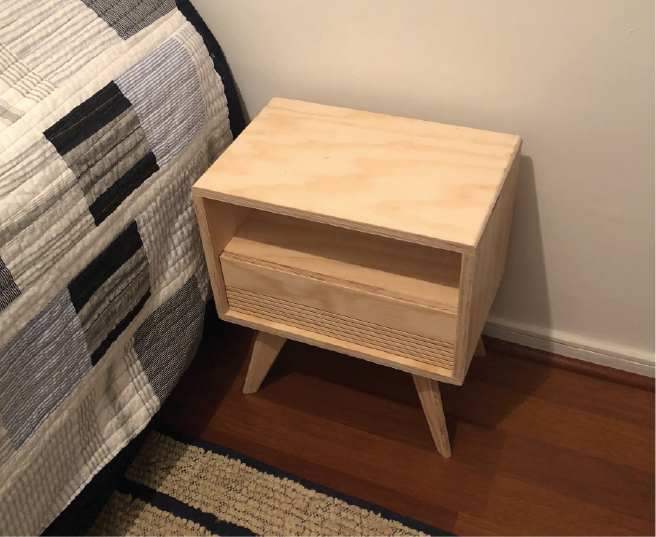
Level 1: Bedside Table
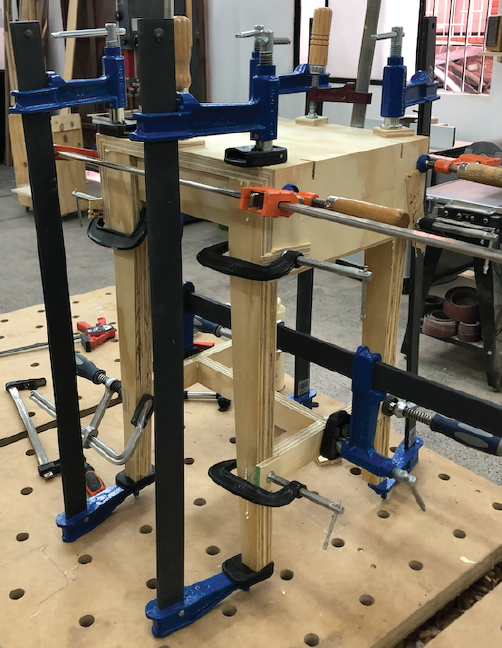
Level 2: Stool
- ShakuTaller: Lathe Workshop by Alejandro “Jano” Pérez. It is a two-day, 8 hours per day, workshop focused on getting familiar with the lathe by completing four exercises: basic cuts and three artifacts. I made an kitchen rolling pin, a wooden cup and a spinning top with a long shaft.
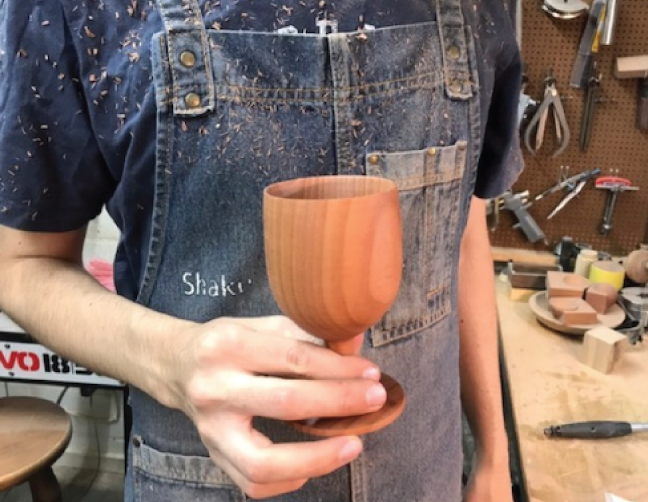
Cup
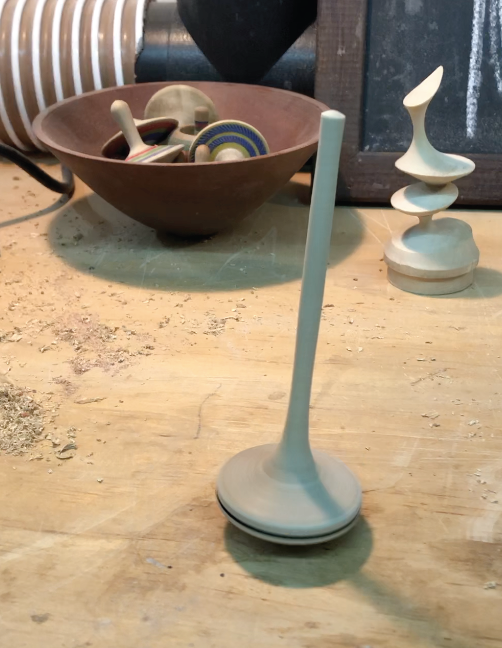
Spinning Top
- Ettore Taller: Lutherie School by Jorge Olate. I took a course to make a Travel Ukelele, which is an ukelele without a sounding box, it is also shorter and is equiped with a passive piezo-electric pickup, so it can be plugged into an amplifier. Jorge also teaches a workshop for making a Travel Charango (10 strings) or one can attend weekly to make longer projects, such as a classical guittar, an acoustic bass guitar or a traditional Charango. See Jorge’s work on his instagram
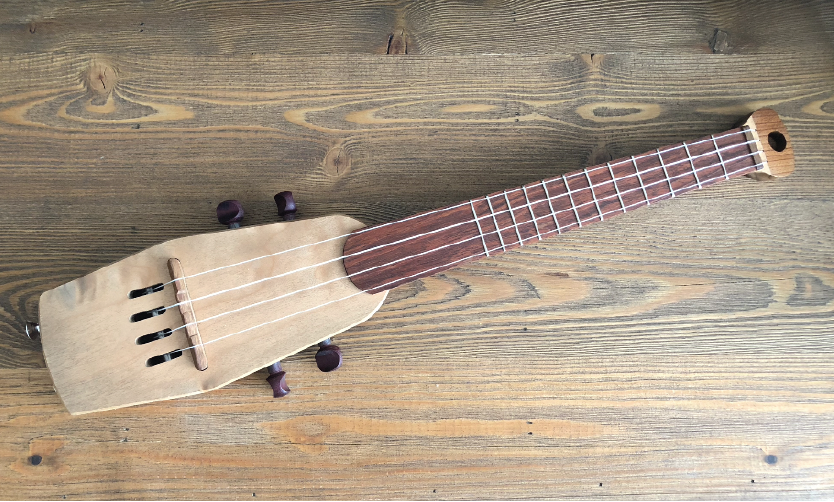
Travel Ukelele
